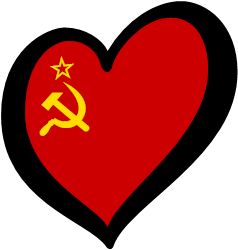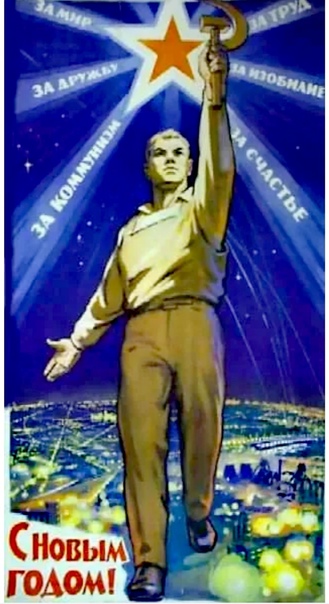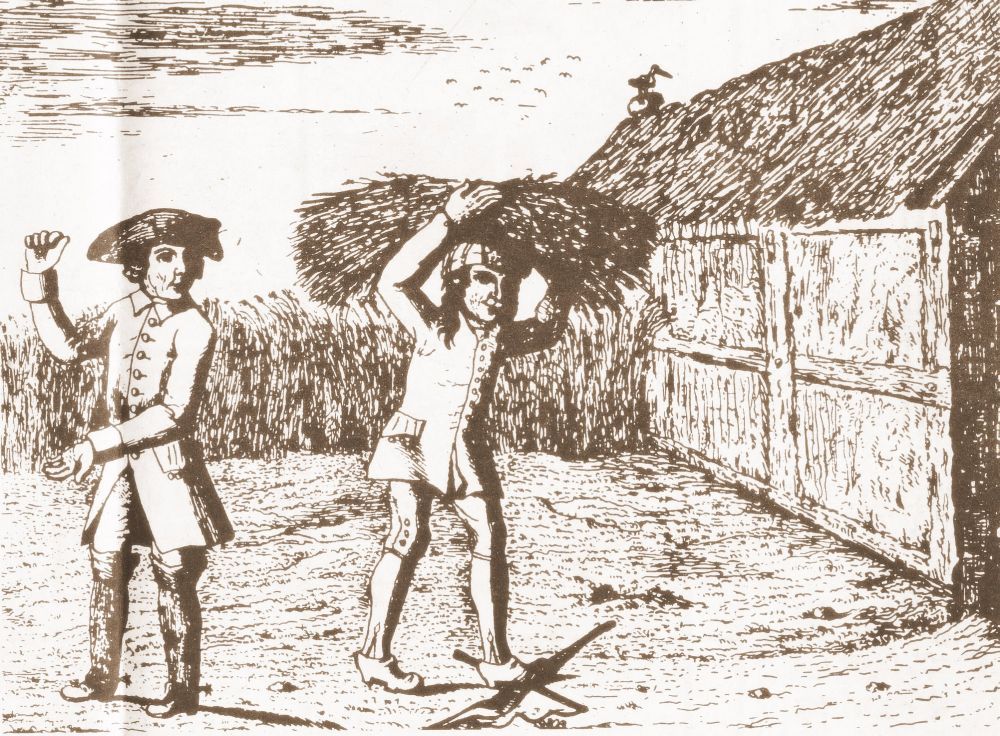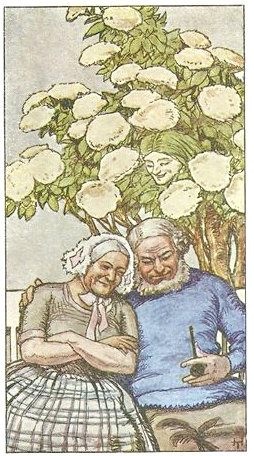On occasion of the 80th anniversary of Nazi Germany's unconditional surrender in the Netherlands, northwest Germany and Denmark, the media Arbejderen had published a series of articles on the history of the Danish resistance movement.
This is my translation of the article on the 1944 People's Strike of Copenhagen, the most radical uprising in modern Danish history.
When the Citizens of Copenhagen Triumphed over the Occupiers
The people’s strike and the subsequent street battles against the occupying forces in June 1944 became the largest single confrontation between the Danish population and the occupiers. The uprising was also a clear signal that the populace listened more to the resistance movement than to collaborationist politicians.

- Barricade in Elmegade on Nørrebro in Copenhagen during the people’s strike in 1944. PHOTO: The Freedom Museum Collection/National Museum/No Known Rights
In June 1944, the citizens of Copenhagen — led by the working class — rose up against Nazi Germany’s occupying forces.
Denmark was occupied from April 9th 1940 until May 5th 1945. Various Danish governments cooperated with the German occupiers until October 29th 1943, when the government resigned. Nevertheless, the state apparatus continued to collaborate with the occupiers.
Through widespread strikes and uprisings in the streets of Copenhagen, the population brought the fearsome Nazi war machine in Denmark to a halt and demonstrated who truly ruled the streets.
The protests began on Monday, June 26th 1944, when 1,200 workers at the B&W shipyard downed their tools.
The work stoppage was a protest against the state of emergency imposed by the German occupiers the day before.
The occupiers had introduced a curfew, forcing Copenhageners to remain indoors from 8 p.m. until 5 a.m.
In addition, gatherings of more than five people on public streets and squares were forbidden. Public assemblies indoors were also banned.
The occupiers’ attempt to suppress the people of Copenhagen followed a surge in armed resistance against the German occupiers: the resistance group BOPA and other movements had carried out some of their largest and most successful sabotage operations in June, culminating in the explosion of the Riffelsyndikatet arms factory—owned by shipping magnate A.P. Møller-Mærsk—on June 22nd 1944.
Also targeted were the Neutrofon radio factory and the Globus aircraft factory, which manufactured tail sections for the German air force, along with several other companies.
B&W Workers Spark the Protests
The state of emergency prompted 1,200 B&W workers to go home early. They agreed that if they were to be forced to bed early in the evening, they would leave work earlier in the day.
Later that same day — Monday, June 26th — the Communist faction at B&W convened. They decided to launch a protest action against the occupiers’ curfew and to encourage workers at other Copenhagen businesses to go home at noon.
That evening, the work stoppage spread into spontaneous demonstrations. Particularly in the working-class districts of Vesterbro and Nørrebro, residents lit bonfires and refused to comply with the curfew.
The occupiers responded by deploying soldiers and the paramilitary Schalburg Corps, which drove through the streets firing at random.
The Schalburg Corps was a Danish paramilitary unit formed in April 1943 to support the German occupiers. The Corps carried out terror against the Danish resistance and society in retaliation for resistance actions. They also carried out reprisal killings against popular Danes whenever a German soldier or informant was killed.
In total, seven were killed and 29 wounded by German soldiers and the Schalburg Corps on June 26th.

- Barricade during the people’s strike in June 1944. Photo: The Freedom Museum Collection/National Museum/No Known Rights
The following day, B&W workers left work early once again.
Meanwhile, the strike spread to hundreds of workplaces across Copenhagen — offices, factories, the docks, and many other sites.
The illegal Communist newspaper Land & Folk reported on the B&W workers’ work stoppage.
The Danish Communist Party (DKP) distributed leaflets at workplaces, urging workers to go home at noon until the curfew was lifted.
At the same time, the Social Democratic wing of the labor movement sought to halt the work stoppages.
The Blacksmiths’ Union issued a circular refusing to support the strike and condemning its initiators, and the Employers’ Association distanced itself from the strike.
But the calls from the Social Democrats and the employers had no effect:
The work stoppages and protests continued. Copenhageners continued to demonstrate in the streets, build barricades, and light bonfires.
On Thursday evening, three were killed and 30 wounded by the occupying forces, and 75 were arrested by Danish police.
On Friday — June 30th 1944 — tram workers, urban rail functionaries, postal workers, and telephone operators also walked off the job. The People’s Strike of Copenhagen had become a reality.
DKP and the Resistance Movement Clash with the Social Democrats
The widespread protests prompted the Social Democrats to turn against the workers who had struck and the rest of the Copenhagen populace who had taken to the streets in protest against the Nazi occupiers.
On Friday evening, former Social Democratic Prime Minister Vilhelm Buhl approached the Freedom Council.
The Freedom Council was formed on 16 September 1943 by representatives of the major illegal organizations — (the Danish Communist Party (DKP), Frit Danmark, Dansk Samling, and Ringen) — as a coordinating body for the resistance during the occupation.
The Freedom Council was the closest thing to an alternative government in Denmark during World War II.
Its aim was to coordinate the various resistance groups’ work against the German occupation. The Council set up subcommittees to handle, for example, arms distribution and the illegal press.
Buhl attempted to persuade the Freedom Council to intervene in the protests and urge the population to end the strike and return to work.
The Freedom Council refused, and as soon as Buhl left, they drafted a proclamation insisting the strikes continue.
For the occupiers, the people’s strike was a catastrophe that threatened to spread and paralyze all industry and food production in Denmark, which heavily supplied Nazi Germany.
On 1 July, 4,000 German soldiers surrounded Copenhagen and sealed off the capital.
The occupiers deployed military patrols in the streets, occupied key utility works, and cut off water, gas, and electricity. Copenhagen was put under siege and isolated from the outside world.
Copenhageners were forced to cook their food over bonfires and fetch water from the city’s lakes.
German warplanes flew low over rooftops. German troops with artillery were moved into the Copenhagen area and encircled the capital.

- The large barricade on Nørrebrogade in Copenhagen during the people’s strike in 1944. Photo: The Freedom Museum Collection/National Museum/No Known Rights
On radio and with posters, the occupiers tried to intimidate Copenhageners into ending the uprising immediately.
Collaborationist politicians and a number of civil servants began negotiations with the occupiers to end the strikes and protests.
The Social Democratic leadership in several unions, together with leaders of various employers’ organizations, issued an appeal via radio, posters, and loudspeaker trucks, urging the people of Copenhagen to stop the strikes and uprising.
But their pleas fell on deaf ears.
Posters were torn down, and loudspeaker trucks were pelted with rocks: those who attempted to collaborate with the occupiers no longer held any sway over the population.
Defying the Occupiers’ Terror and the Collaborationist Politicians’ Appeals
On the morning of Saturday, July 1st, the Freedom Council published their appeal to Copenhageners to continue the strike.
The proclamation — distributed in thousands of copies — set out four demands: The hated Schalburg Corps were to be expelled from the country. The occupiers’ state of emergency and the siege of Copenhagen were to be lifted and that the supply of electricity, water and gas to be restore. Finally, the occupiers were to refrain from any reprisals against the People’s Strike.
The citizens of Copenhagen persisted in their uprising. The occupiers’ terror intensified. On July 1st, 23 were killed and 203 wounded in clashes between German soldiers and the population.
Sympathy strikes were initiated in several towns on Zealand, adding further pressure on Werner Best, the German Reich’s plenipotentiary in Denmark.
On Sunday, July 2nd 1944, the Social Democratic leadership — with former Prime Minister Vilhelm Buhl at its head — and other collaborationist politicians, department heads, union leaders, and the Employers’ Association once again demanded that the population resume work.
That same day, the Freedom Council distributed leaflets urging the populace to continue the strike.
Once again, the population ignored the demands of the Social Democrats and the rest of the collaborationist politicians, the union elite, and the Employers’ Association to go back to work.
Instead, they heeded the Communists and the resistance movement and the Freedom Council, which—despite being illegal—had far greater resonance and legitimacy among the populace.
On Monday evening, former Prime Minister Buhl and Conservative Ole Bjørn Kraft, along with representatives of workers and employers, appealed once more on the radio for work to resume the next day, Tuesday, “to avoid the misfortunes that would otherwise befall the population.”
Yet again the population ignored the collaborationist politicians and continued the protests.
In the end, Werner Best was forced to lift the siege and the state of emergency, withdraw the Schalburg Corps from the streets, and renounce any reprisals against the People’s Strike.
The Freedom Council was able to proclaim victory and urged Copenhageners to return to work on Wednesday.
In the Freedom Council’s declaration — distributed to the population Monday evening and Tuesday morning — the Council stated that the people’s strike had “underscored the unbreakable unity of the people and confirmed our strength and solidarity,” and that the strike “is only a prelude to the decisive battle that lies ahead.”









Someone has Nazi ancestors and has no problem distancing themselves unconditionally from them: Good, no problem.
Someone has Nazi ancestry and will give you a song and dance about how complex it all is:
There's nothing morally complex about Nazis.